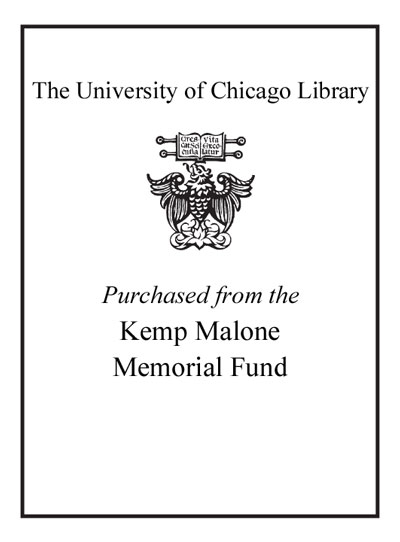Review by Choice Review
Condren (UCLA) sets out to consider the relationship between design and theme in the fragments of Chaucer's Canterbury Tales. Using as his governing theses that the design of Chaucer's CT is loosely based on the structural thematics of Dante's Commedia and that CT works against the orderliness frequently associated with the medieval era, the author connects thematic topics in the CT fragments to the principle of disorder in Inferno, of antithetical order in Purgatorio, and of transcendent order in Paradiso. Comprising 15 chapters divided into an introduction and three parts, the study offers interesting and insightful readings of Chaucer's texts--the discussions of initiation in fragment II and of magic in fragment IV are particularly original--even if the book's governing theses are largely unexceptionable. Schematic diagrams supplement the discussion throughout, providing visual aids to the author's key points. This book complements such landmark studies as R.M. Lumiansky's Of Sondry Folk (1955), Donald Howard's The Idea of the Canterbury Tales (CH, Jun'76), and, more recently, Ann Astell's Chaucer and the Universe of Learning (CH, Feb'97); it should interest students and teachers of Chaucer concerned with the relationship between theme and structure in Chaucer's works. Upper-division undergraduates and above. C. S. Cox; University of Pittsburgh
Copyright American Library Association, used with permission.
Review by Choice Review

